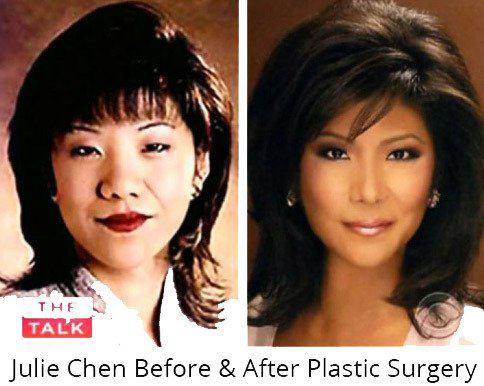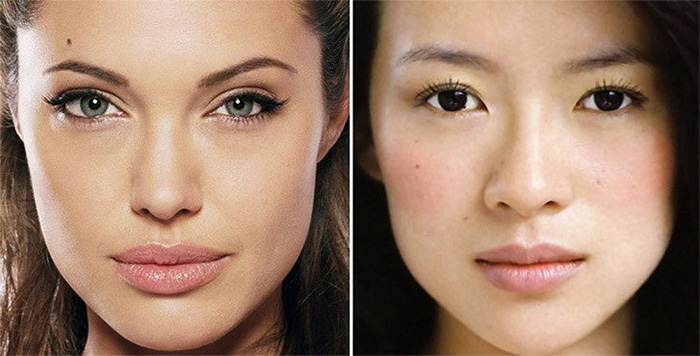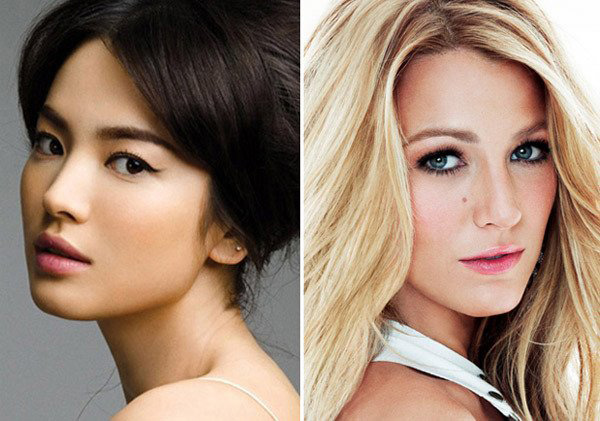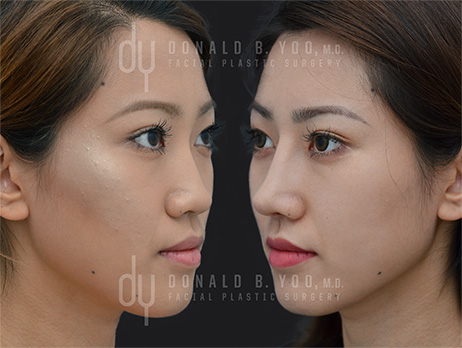Myths and Facts about Asian Plastic Surgery and Westernization

There’s a natural tendency for the mass media to label all Asian cosmetic surgery as an attempt to become “Westernized” – to look less Asian and more Caucasian. Especially when a prominent media personality speaks out about getting plastic surgery to “look less Asian,” as news anchor Julie Chen recently did.
The unfortunate story of Cheryl Ling, a Chinese woman who also encountered some of the same pressures that ultimately drove Julie Chen to pursue plastic surgery was shown on E!’s plastic surgery reality show, Botched. While these motivations to have plastic surgery may hold true for a low percentage of Asian patients who have undergone these procedures during the last century, the contemporary landscape of Asian cosmetic surgery is quite different from media’s portrayal.
In modern day America (as well as Asia, Asian plastic surgery is about enhancing and improving one’s own natural beauty which goes the same for almost every patient seeking cosmetic procedures. “Westernization” is an antiquated term created by “Western” plastic surgeons with cursory familiarity with the desires of Asian patients. The divide is especially apparent when you look at the history of how the term was contrived during a time when Asian cosmetic surgery procedures were being innovated and perfected by Japanese and Korean plastic surgeons.
With Asian eyelid surgery, it’s a common misconception that the motivation to undergo the procedure is an attempt to look more “Western.” This is rarely the case. In about 50% of Asians a supratarsal crease (ie. “double eyelid”) is naturally present. For most patients, Asian eyelid surgery is about achieving a look that occurs naturally within their own ethnicity, rather than acquiring one that’s outside of it.

The goal during Asian eyelid surgery is not to achieve a high, dramatic crease (Angelina Jolie’s eyelids for example) but a lower, fuller, slightly more delicate and distinctly Asian crease.
The media has labeled an Asian rhinoplasty procedure as “Westernization.” However, this is about as accurate as Caucasian patients seeking out rhinoplasty to appear more “Eastern.” Caucasian patients who undergo rhinoplasty to straighten their profiles or make their noses smaller are not trying to look more “Eastern.” Most simply want to refine and enhance their appearance. The same can be said for Asian patients seeking to augment their noses to make them taller. The goal of both types of patients is the same: to refine and enhance.

South Korean actress Song Hye-kyo is a common standard of Asian patients as her nose has moderate bridge height, length, and tip projection. They are not seeking a nose such as Blake Lively’s nose, which has more significant height, length and projection. The goal for these patients is to refine the characteristics of their ethnicity, not to erase them.
With the globalization of commerce and plastic surgery, patients on all sides of the globe are exposed to ideas and influences originating from outside their sphere of knowledge. Hopefully this free exchange of ideas continues to progress and American mass media will also become more aware of the actual desires of patients seeking Asian cosmetic surgery and portray this topic in a more balanced light.

